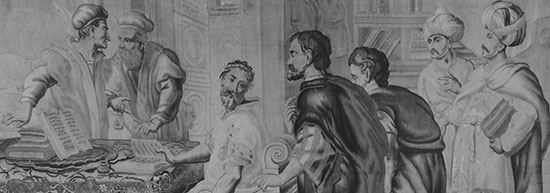[First posted in AWOL 26 November 2013, updated 23 February 2016]
Chronique des activités archéologiques de l’École française de Rome
Chronique des activités archéologiques de l’École française de Rome
La Chronique des activités archéologiques de l’École française de Rome présente des compte-rendus d'opérations archéologiques auxquelles l'École française de Rome est associée ou qui sont conduites par des équipes françaises en Italie, en Afrique du Nord et dans les Balkans. Les responsables des opérations y présentent les résultats préliminaires de leurs recherches archéologiques, de la Préhistoire à la fin du Moyen Âge. La Chronique auparavant publiée au sein des Mélanges de l’École française de Rome fait depuis 2012 l'objet d'une publication propre, électronique et à flux continu.
Derniers textes






















